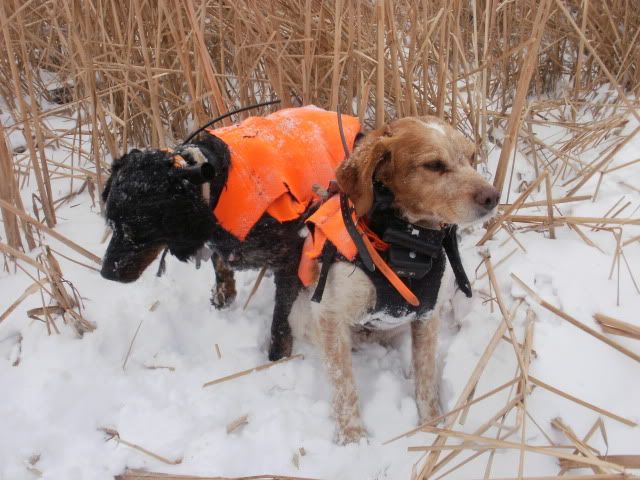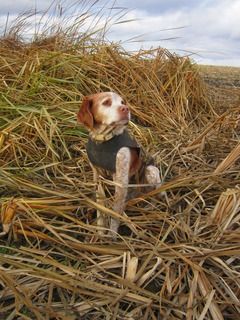berettadouble
Member
A couple years ago I went to an Ryman Setter after my Lab passed on. I love to hunt late season, sometimes single digits and wind. This was no problem with my Labrador, but Sally is a whole lot thinner of body and coat.
When we are in teh elements we are moving- no standing still to get cold. But I still have to wonder- at what point do you guys help the dog out with a neoprene vest? Or do something else? And with a lighter dog like that, what tips you off that they've hit their limit temperaturewise?
It was a lot easier telling when the Lab was hot then when the Setter is cold...
When we are in teh elements we are moving- no standing still to get cold. But I still have to wonder- at what point do you guys help the dog out with a neoprene vest? Or do something else? And with a lighter dog like that, what tips you off that they've hit their limit temperaturewise?
It was a lot easier telling when the Lab was hot then when the Setter is cold...



